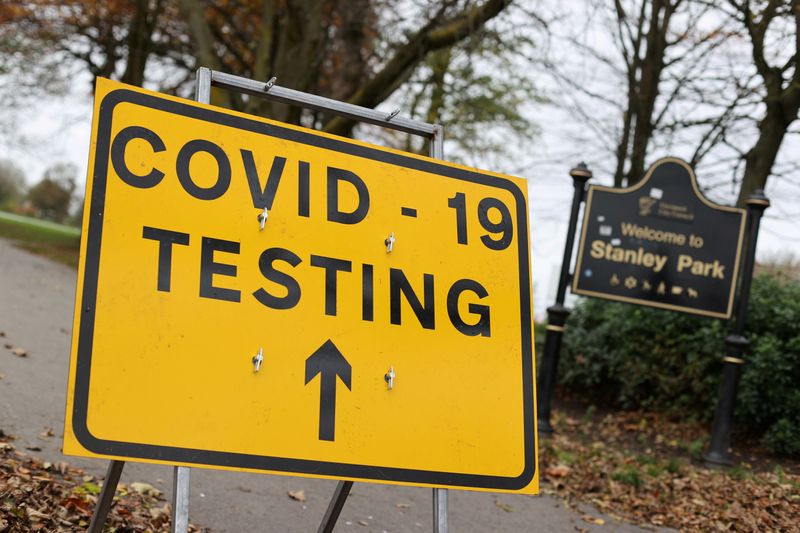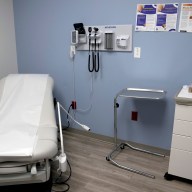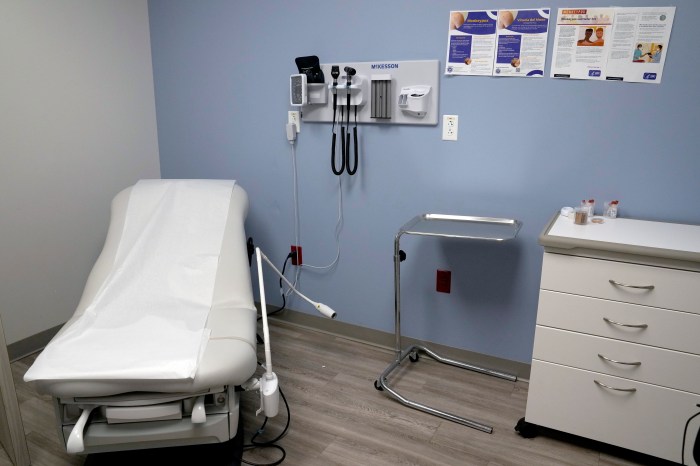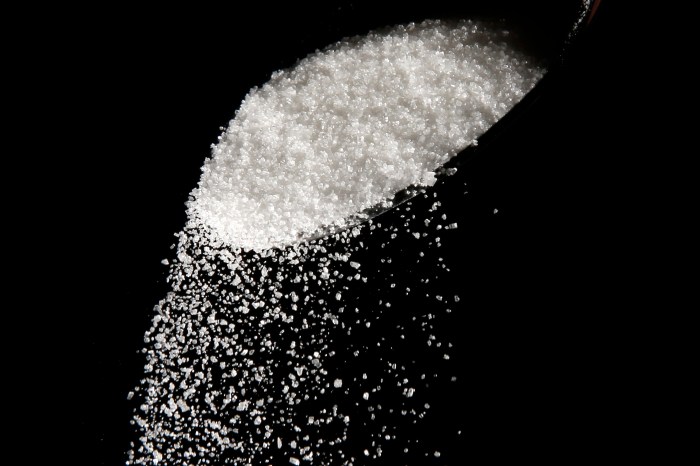LONDON (Reuters) – The estimated reproduction “R” number of COVID-19 in Britain has fallen to 1.0-1.2 and might be below 1 in some parts of the country, the Government Office for Science said on Friday, a sign that the spread of the disease is slowing.
That means that every 10 people infected with COVID-19 will, on average, pass it on to 10 to 12 people more. The estimated R number last week was 1.1-1.3.
Prime Minister Boris Johnson has introduced a lockdown in England, which came into force last week, in an effort to bring the R number down, and administrations in Scotland and Wales are tackling the epidemic with their own measures.
An R number below 1 is an indication that the epidemic is shrinking. In northwest England, the estimated R number was 0.9-1.1 and it may be below 1 in Scotland and Wales too.
“SAGE is confident that the epidemic has continued to grow in England over recent weeks. Although there is some evidence that the rate of growth in some parts of the country may be slowing, levels of disease are very high in these areas,” the government said, referring to the Scientific Advisory Group for Emergencies (SAGE).
“Significant levels of healthcare demand and mortality will persist until R is reduced to and remains well below 1 for an extended period of time.”
The Government Office for Science said the numbers would reflect the average situation over the past few weeks, and that it would take several weeks for the figures to reflect the impact on transmission of national policy changes.
The daily growth rate of the epidemic is between +1% and +3%, the government said, down from a range of +2% to +4% the week before.
A survey by the Office for National Statistics found that the rate of people contracting COVID-19 was stable at around 50,000 per day.
(Reporting by Alistair Smout; editing by Stephen Addison)



















